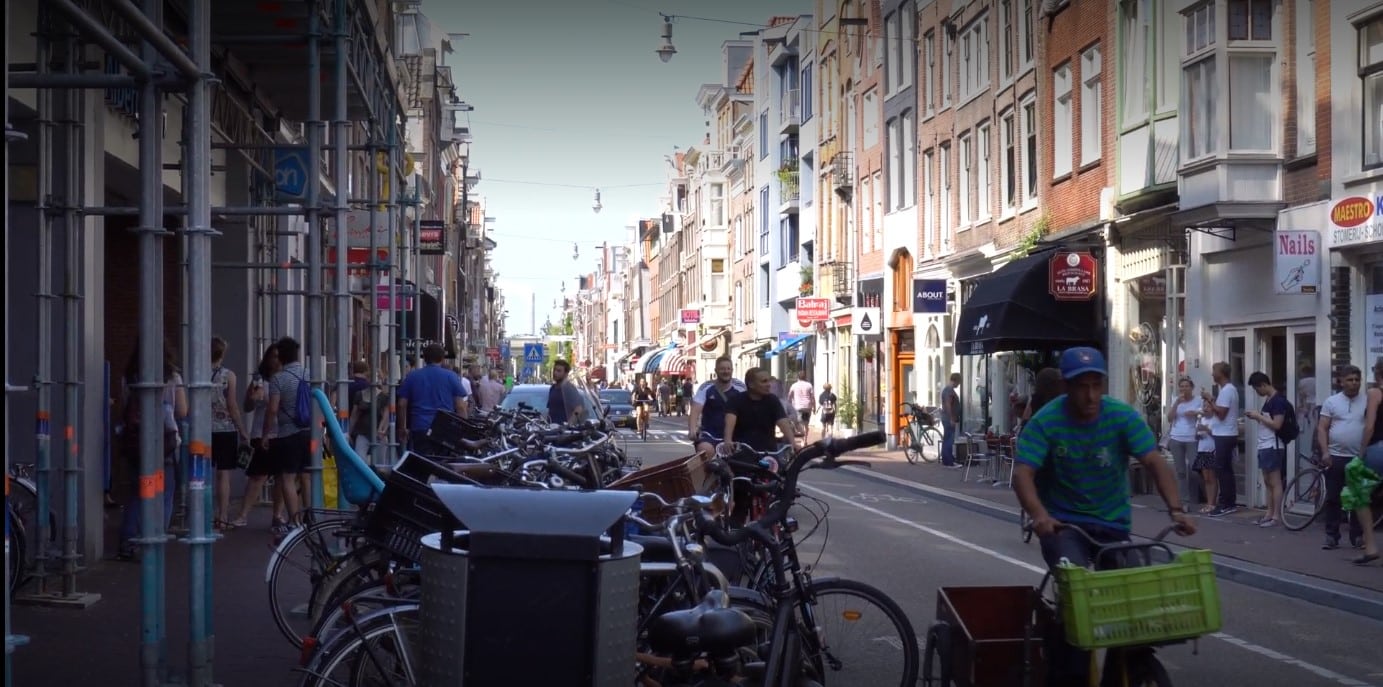The more pedestrians or cyclists there are, the lower the risk faced by each pedestrian or cyclist. On the other hand, the more motor vehicles there are, the higher the risk faced by each pedestrian or cyclist.
In 2009, Rune Elvik showed that the high injury rate for pedestrians and cyclists in the current transport system does not necessarily imply that encouraging walking or cycling (rather than driving) will lead to more crashes. Rather, that the shift can create a “safety in numbers” effect for the active transport modes.
Reference: Elvik, R The non-linearity of risk and the promotion of environmentally sustainable transport. Accident Analysis & Prevention, Volume 41, Issue 4, July 2009, Pages 849-855

